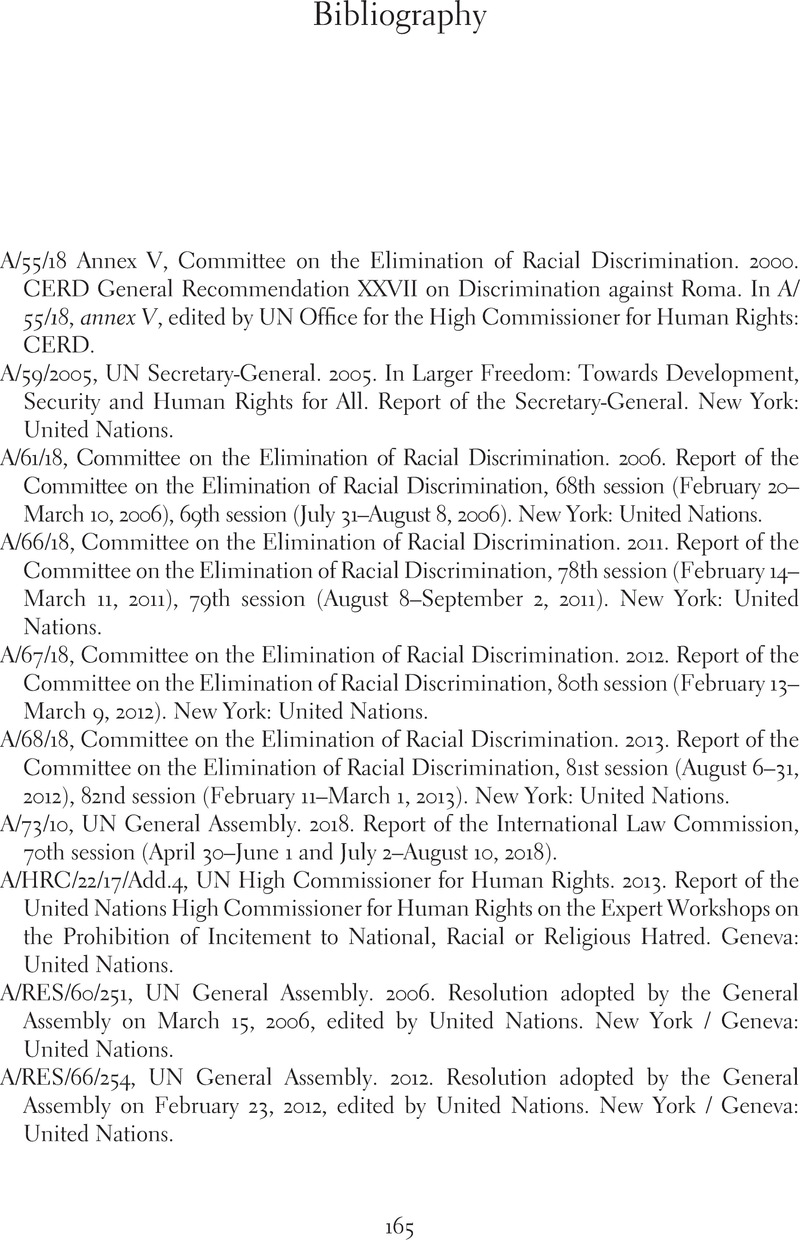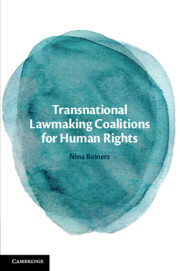Book contents
- Transnational Lawmaking Coalitions for Human Rights
- Transnational Lawmaking Coalitions for Human Rights
- Copyright page
- Dedication
- Contents
- Figures
- Tables
- Acknowledgments
- Abbreviations
- 1 Introduction
- 2 Human Rights Treaty Interpretation
- 3 Transnational Lawmaking Coalitions
- 4 How Water Became a Human Right
- 5 Interpretation across Treaty Bodies
- 6 Lawmaking without Governments?
- 7 Conclusion
- Book part
- Bibliography
- Index
- References
Bibliography
Published online by Cambridge University Press: 25 November 2021
- Transnational Lawmaking Coalitions for Human Rights
- Transnational Lawmaking Coalitions for Human Rights
- Copyright page
- Dedication
- Contents
- Figures
- Tables
- Acknowledgments
- Abbreviations
- 1 Introduction
- 2 Human Rights Treaty Interpretation
- 3 Transnational Lawmaking Coalitions
- 4 How Water Became a Human Right
- 5 Interpretation across Treaty Bodies
- 6 Lawmaking without Governments?
- 7 Conclusion
- Book part
- Bibliography
- Index
- References
Summary

- Type
- Chapter
- Information
- Transnational Lawmaking Coalitions for Human Rights , pp. 165 - 195Publisher: Cambridge University PressPrint publication year: 2021

